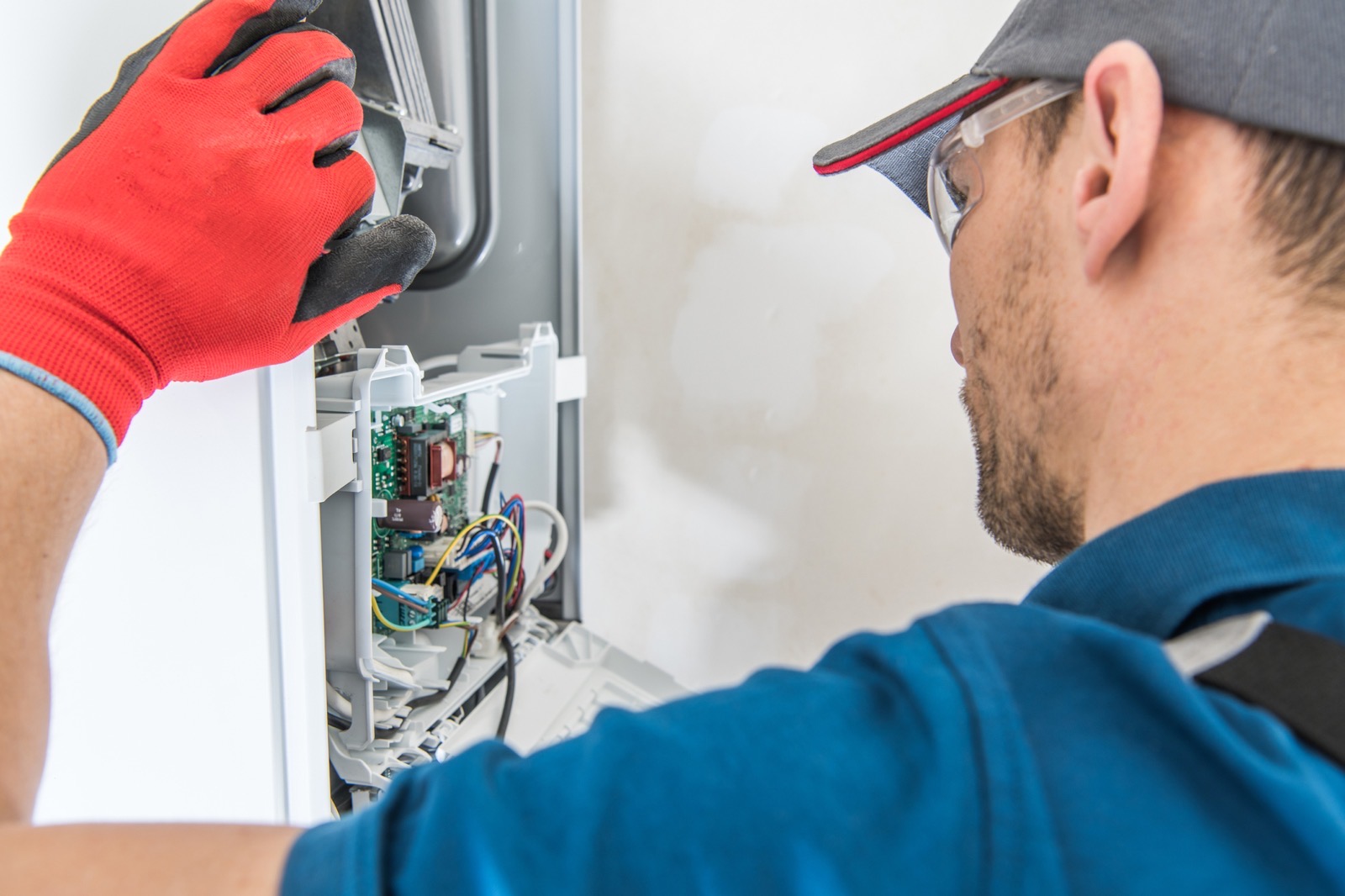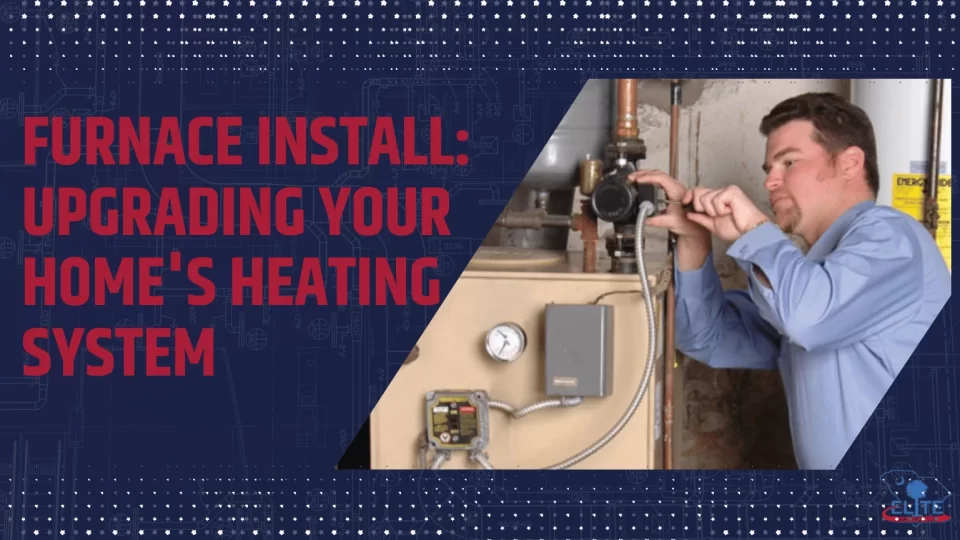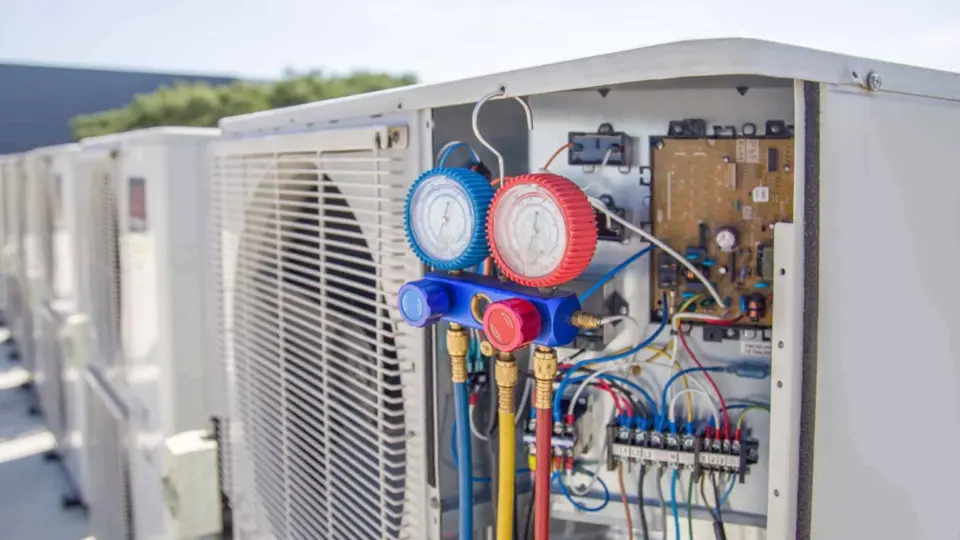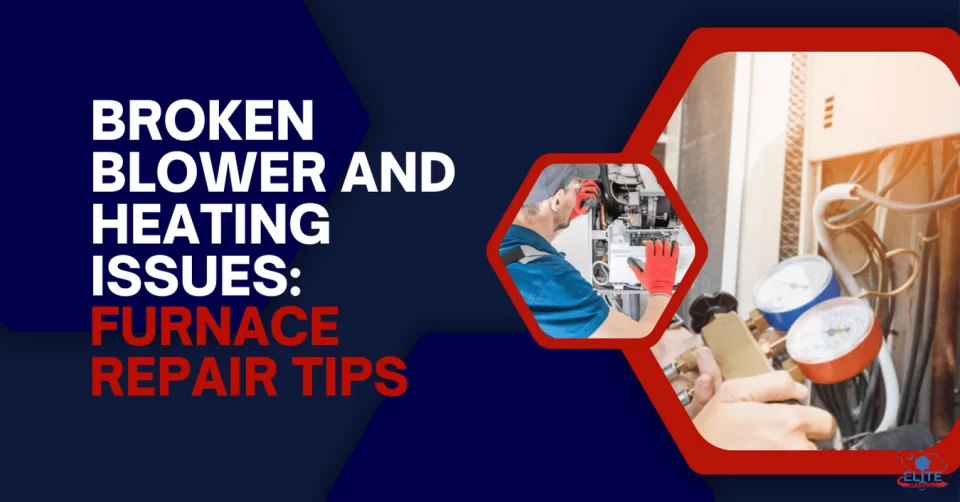The concept of “home” has always been tied to comfort. For centuries, fireplaces, stoves, and eventually furnaces defined how households stayed warm. But today, the rules are changing. Smart homes aren’t just about voice-activated lights or automated blinds—they’re transforming the very foundation of how we heat and manage our living spaces. Nowhere is this more evident than in furnace installation, where technology is reshaping the way professionals install, homeowners manage, and families enjoy their heating systems.
Let’s explore the exciting changes that smart technology is bringing to furnace installation and what it means for homeowners moving forward.
How are Smart Thermostats Transforming Furnace Installation in Modern Homes?
A decade ago, a thermostat was just a simple dial or digital display mounted on the wall. It controlled the furnace, sure, but it didn’t really “think.” Fast forward to today, and smart thermostats have become the brain of home heating.
Smart thermostats like Nest, Ecobee, and Honeywell’s connected models are doing far more than flipping the furnace on and off. They learn habits, anticipate comfort needs, and integrate with other devices in the home. But what does that mean for furnace installation?
- Integration Comes First – Installers must now ensure that furnaces and smart thermostats are fully compatible. Wiring, communication protocols, and connectivity matter just as much as duct size and vent placement.
- Precision Tuning – Instead of a one-size-fits-all approach, installations are often calibrated for specific thermostat models, ensuring seamless communication between the furnace and the smart controls.
- Energy Consciousness – With data-driven insights, smart thermostats minimize wasted heating cycles. This often means smaller, more efficient furnaces can be installed without sacrificing comfort.
Smart thermostats are redefining installation not as a “set it and forget it” job but as an integration project where HVAC professionals act as both technicians and tech consultants.
What Role Does Automation Play in Improving Furnace Efficiency For Smart Homes?
Automation is the heartbeat of the smart home. And when it comes to heating, automation is doing far more than adding convenience—it’s rewriting the rules of efficiency.
Traditionally, furnaces operated on simple schedules. Heat kicked on at 6 AM, off at 10 PM, and back on in the evening. But life rarely follows such rigid timelines. That’s where automation steps in.
- Adaptive Heating – Automation allows furnaces to respond to occupancy sensors. If no one is home, the furnace scales back, saving energy. If family members return early, the system automatically warms the space.
- Zoned Control – Smart homes often incorporate multiple sensors in different rooms. Automation ensures that heat is directed only where needed, preventing waste in unused spaces.
- Seasonal Adjustments – Automated systems analyze weather forecasts. If an unusually warm day is coming, the furnace dials down without human intervention.
For installers, this automation requires planning for more complex setups—zoning dampers, multi-sensor placement, and software syncing. The payoff for homeowners, though, is remarkable: comfort at a fraction of the energy cost.
How Do Connected Devices Impact The Lifespan of a Newly Installed Furnace?
When most people think of connected devices, they picture doorbell cameras or smart speakers. But these devices also have indirect but powerful effects on furnaces.
Here’s how:
- Predictive Maintenance – Connected sensors inside a smart furnace can detect unusual vibrations, clogged filters, or overheating components before they cause damage. This predictive data, shared with both homeowners and service providers, can extend furnace lifespan significantly.
- Consistent Monitoring – Devices like smart air quality sensors feed data into the furnace system, ensuring that airflow, humidity, and particulate levels remain optimal. This reduces strain on the furnace over time.
- Data-Driven Service Calls – Instead of waiting until a furnace fails, connected systems send alerts for small issues like inefficient burners or blocked vents that can be corrected quickly, avoiding major repairs.
Think of it this way: a traditional furnace was like driving a car without a dashboard—no feedback until it broke down. A smart furnace, supported by connected devices, is like driving with a live dashboard, warning lights, and even predictive diagnostics. The result? A furnace that lasts longer, runs more efficiently, and costs less over time.
Why is Furnace Installation Different in Homes Designed With Smart Technology?
Installing a furnace in a traditional home is straightforward. Measure the space, select the right size unit, connect ductwork, install the thermostat, and you’re done. But in smart homes, the installation process takes on a new layer of complexity.
Here’s why:
- Network Integration – Installers must connect the furnace to the home’s Wi-Fi network and ensure it communicates with hubs like Alexa, Google Home, or Apple HomeKit.
- Custom Setup – Homeowners may want specific routines programmed during installation: heating schedules that align with their workday, weekend routines, or even vacation settings.
- System Compatibility – Smart homes often have energy systems such as solar panels or battery storage. Furnace installation must account for how heating interacts with these systems.
- User Education – A big part of installation now includes walking homeowners through app interfaces, explaining data dashboards, and ensuring they feel confident managing their new smart heating system.
Furnace installation in smart homes is no longer just mechanical; it’s technical, digital, and personalized. Installers are becoming hybrid experts, blending HVAC know-how with IT-level integration.
The Future of Furnace Installation and Smart Living
The trajectory is clear: furnaces are no longer standalone appliances but essential nodes in a larger web of connected devices. As artificial intelligence improves, we may see systems that optimize heating for entire neighborhoods, balance energy across cities, and drastically cut utility bills.
For homeowners, that means two things: better comfort and long-term savings. For furnace installers, it means ongoing adaptation, training, and collaboration with both tech manufacturers and homeowners.
What’s certain is this: the way we heat our homes has entered a new era, and it’s one that blends the warmth of tradition with the intelligence of innovation.
Choose Elite Air & Heat LLC for Your Smart Furnace Installation
In today’s tech-driven world, your furnace should do more than just keep you warm; it should be part of your smart home. Elite Air & Heat LLC specializes in seamlessly integrating your furnace with smart thermostats, automated schedules, and home hubs for optimal efficiency and comfort. Our expert technicians go beyond installation; we ensure everything works together to reduce energy bills and enhance comfort year-round.
With years of experience, Elite Air & Heat LLC delivers peace of mind, knowing your home is as smart as it is comfortable.




